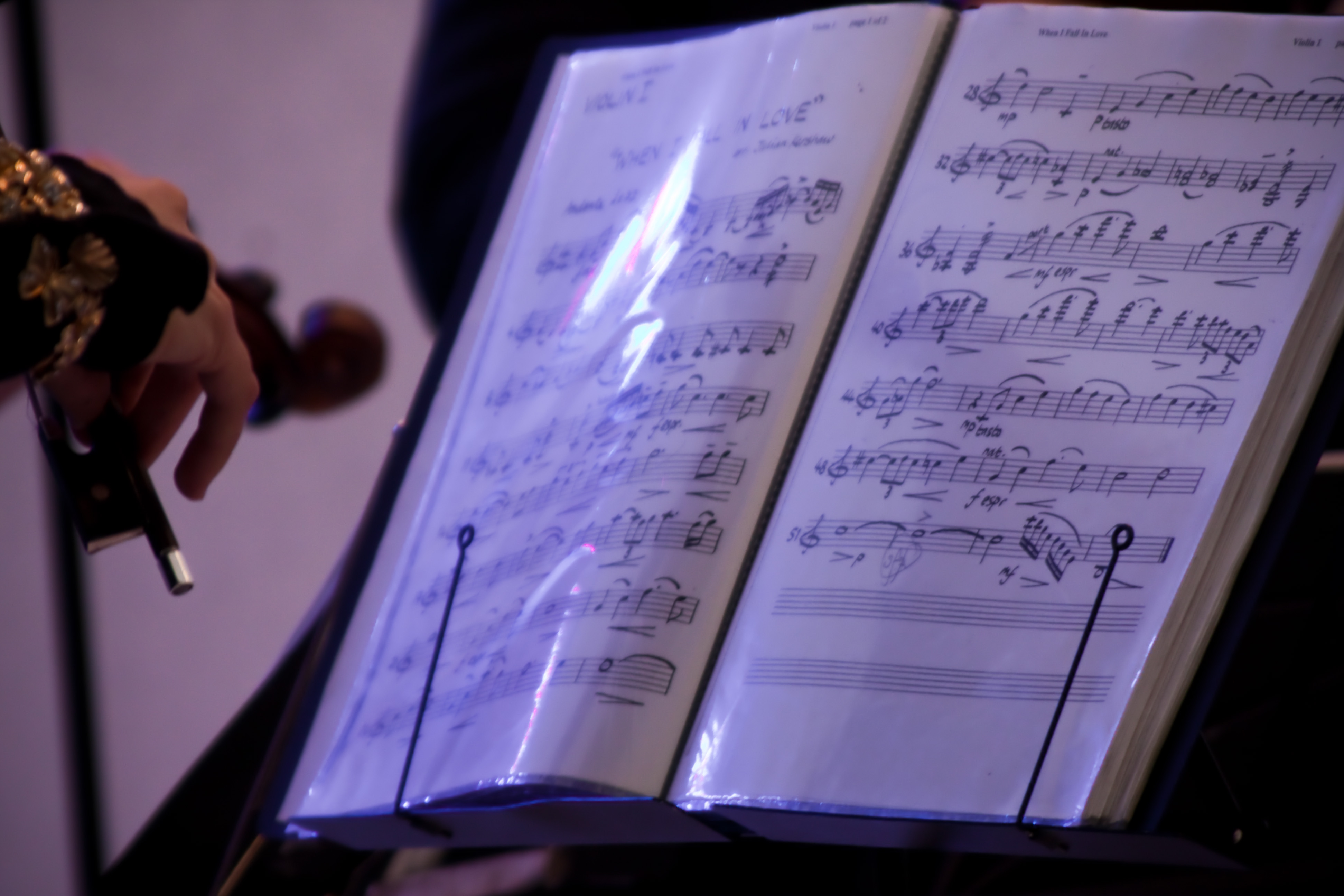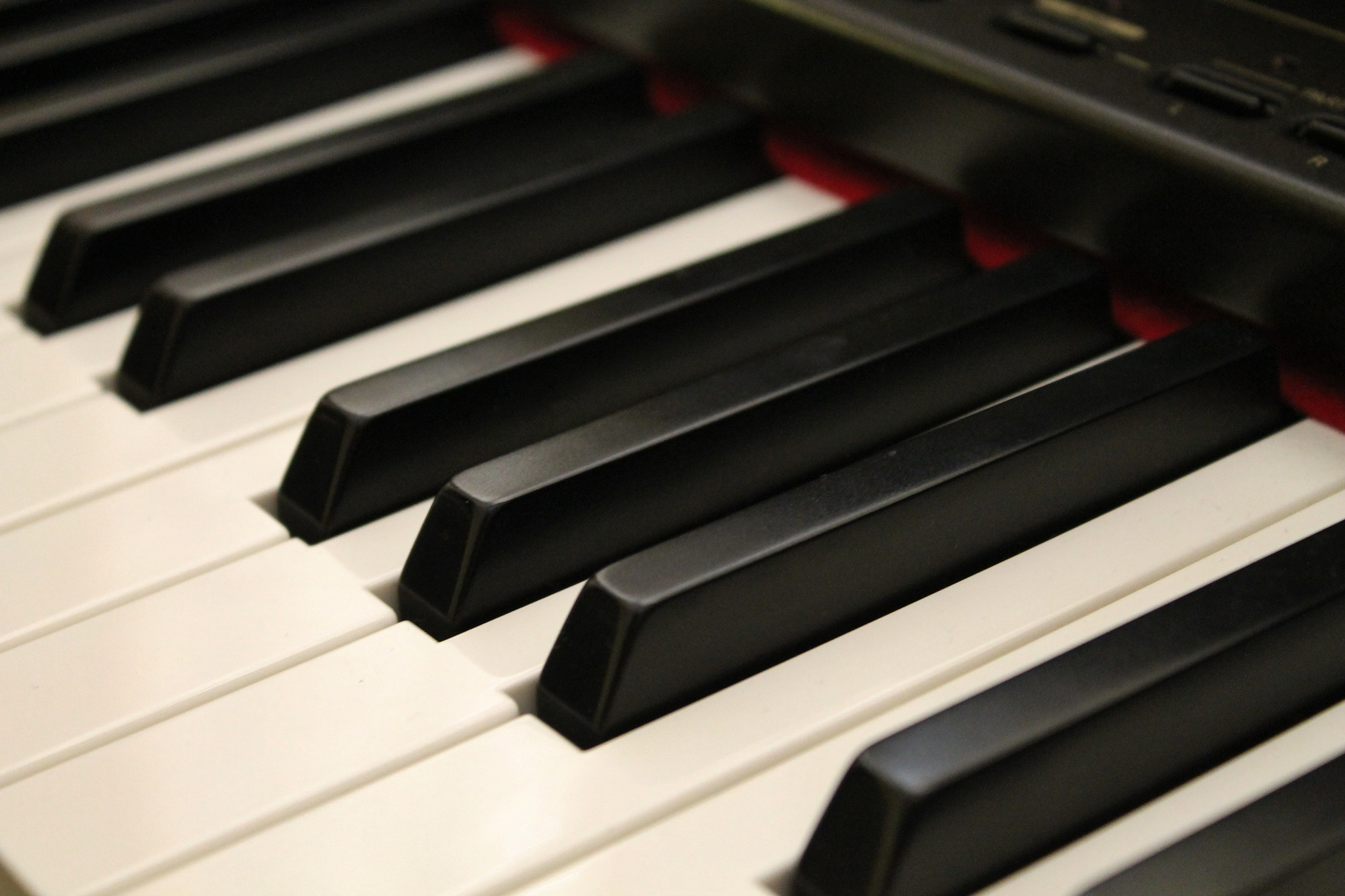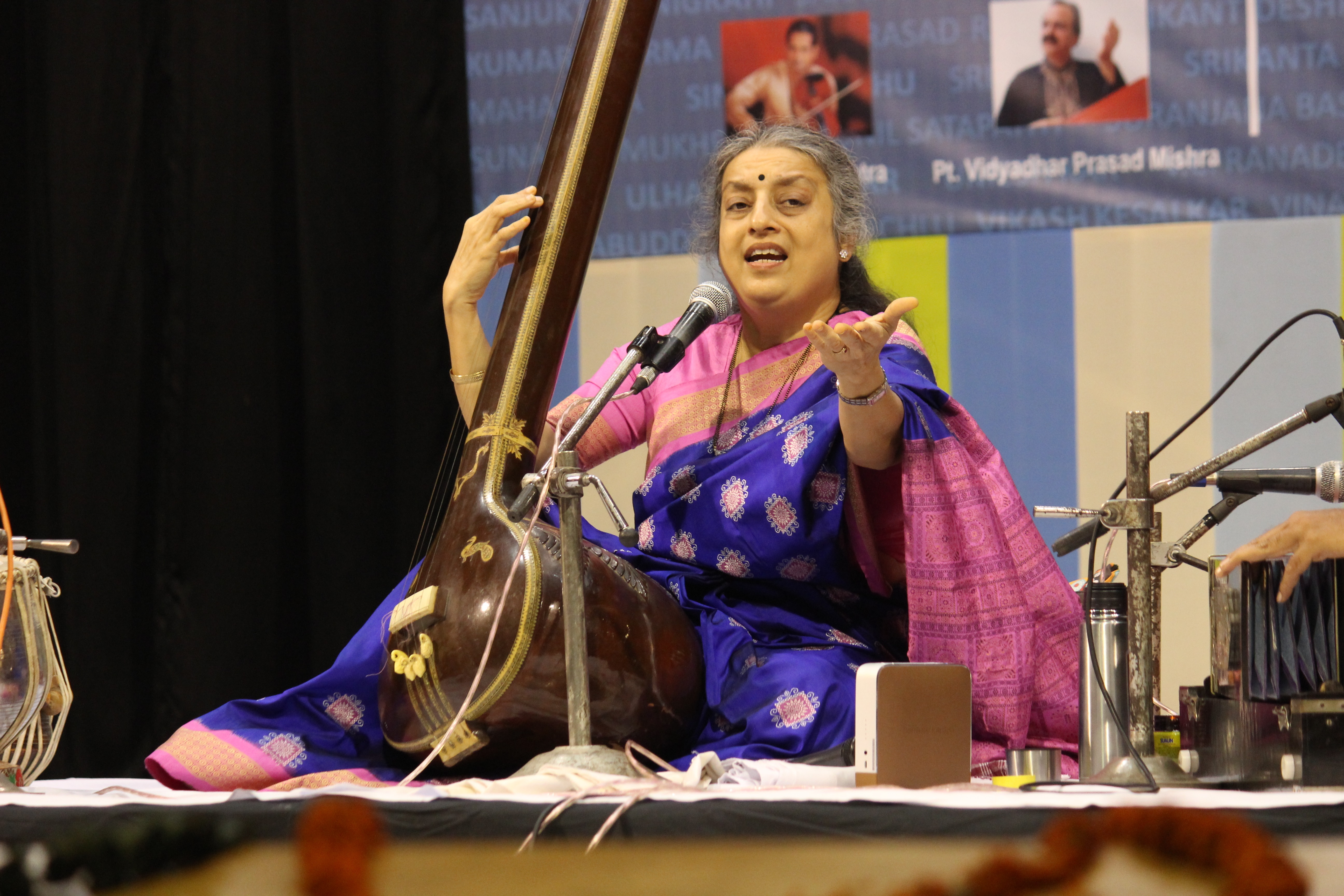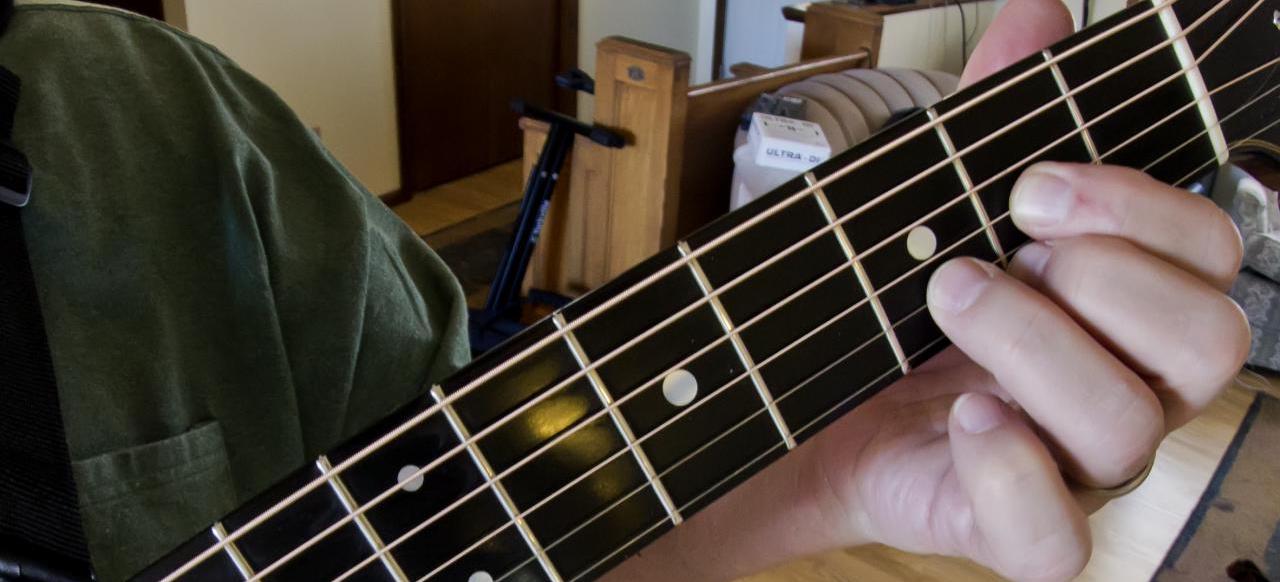Pitch Notation

Early forms of pitch notation existed as symbols added to written lyrics to denote melodic movements. As melodies became more intricate and composers strived for more specificity, separate systems of pitch notation were devised and eventually standardized.
Pitch Names
Most musical cultures use a system of naming pitch classes in their tuning systems, rather than denoting the actual frequency of each pitch.
While the tuning system in most common use among professional musicians today divides the octave into twelve pitch classes, the pitch classes are named according to the standard layout used by keyboard instruments like organ and piano, in which five of the keys are smaller than the other seven. The different groups of pitch classes are often referred to as white notes and black notes based on the colors of the keys on the keyboard.

Letter Names
In English and other Germanic languages, white notes are usually labeled using the first seven letters of the alphabet — A, B, C, D, E, F and G — which correspond to the keys of the keyboard as shown in Figure 2.
Letter names are used as an absolute pitch measurement, with A usually assigned a frequency of or around 440 Hz. The seven letters are repeated at each octave, so that an octave above or below one A is another A.
In actuality, the system of letter names for pitch classes predates the keyboard layout, and in fact most musicians treat C as the base note of the musical system. The C with a frequency of 256 Hz is commonly known as middle C, due to its placement near the center of the piano keyboard.
Black Notes
In the letter name system, black notes are labeled based on the adjacent white notes. Adding a # — called a sharp — to a letter name indicates the next higher-pitched note, and adding a b — a flat — indicates the next lower-pithed note. Thus, the black note between between the notes C and D can be labelled either C# or Db.
Enharmonics
While the terms are often used interchangeably, theorists sometimes differentiate between a pitch, a sound that has a particular frequency, and a note, the written representation of that sound. When two notes have the same pitch, like G# and Ab, they are said to be enharmonic.
Not all sharp and flat notes correspond to black notes; E#, for example, is enharmonic with F.
Accidentals can be doubled, altering the pitch by two steps instead of one. Thus, the note C is enharmonic with not only B# but also with Dbb.
Octave Designation
While letter names are used consistently in English-speaking music cultures, there is not an standard system for designating the octave of a particular note. The system in most common use, which will be used throughout this work, uses numbers to represent octaves, with the pitch at 440 Hz designated as A4.
This system of octave designation uses C as its base, so the note directly below C4 is B3.
Numbers
Certain musical cultures in China, Japan and Indonesia — encompassing a variety of different tuning systems — use numbers to refer to pitch classes, though specific numbers' correlation to certain frequencies are not standardized.
Modern music theorists use the numbers 0 through 11 to notate the twelve pitch classes from C to B in analysis systems like musical set theory, but these numbering systems are not generally used by performers.
MIDI, a language used by electronic musical instruments and musical software, also uses numbers to reference individual pitches. In this system, note 60 is middle C, note 0 corresponds to C-1, and note 127 corresponds to G9.
Solmization
Many languages and cultures around the world use short syllables instead of letter names to refer to pitch classes, a system called solmization.
Romance languages such as Spanish, French, Portuguese and Italian use solfège, a set of syllables generally attributed to Italian theorist Guido d'Arezzo and drawn from the first syllables of a Latin hymn: do, re, mi, fa, sol, la and ti or si. When used as note names, the note do corresponds to the letter name C. Each syllables vowel is changed to reflect sharps or flats, as shown in Figure 6.
Different sets of syllables are used as note names in other musical cultures, drawn variously from letters, numbers, or other familiar poetry.

Staff Notation
One of the most common forms of musical notation used today is staff notation, a prescriptive notational system which evolved from the neumes used to portray early chant melodies.
The Staff
Modern staff notation is built around the staff, a set of five parallel horizontal lines. Pitches are shown as ovals, called noteheads, that are either centered on a staff line or situated in the space between adjacent staff lines.
Effectively, the staff is a stylized graph showing pitch on the vertical axis and time on the horizontal axis. Notes placed higher on the staff represent higher pitches, and vice versa.
Ledger Lines
Notes can be placed above or below the staff. When necessary, additional staff lines, called ledger lines are added as shown in Figure 9.
Clefs
While the lines and spaces of the staff represent the white keys of the piano keyboard, which notes are represented depends on a symbol placed at the left end of each staff. These symbols, called clefs, indicate both the pitch class and the octave of each line and space of the staff.
Three clef symbols in common use are the G clef, which identifies G4; the F clef, which identifies F3; and the C clef, which identifies C4.
The two most common staff arrangements are the treble clef, in which the G clef is situated on the second staff line from the bottom, and the bass clef, in which the F clef is situated on the second staff line from the top.
The grand staff is a system of two staves — a treble clef staff and a bass clef staff — used to notate music across a large range of pitches.
The other two staff arrangements used in modern staff notation use the C clef: alto clef, in which the C clef is situated on the middle staff line, and the tenor clef, in which the C clef is situated on the second staff line from the top. The alto clef is used almost exclusively to notate viola music, while the tenor clef is used to notate the higher ranges of bassoons, trombones and cellos.
Octavation
Notes above C6 and below C2 cannot be normally notated without using multiple ledger lines. To make music in these ranges easier to read, composers will sometimes use the symbol 8va, an abbreviation of the italian term all'ottava, to indicate a pitch one octave higher or lower than written.
The rarely used abbreviation 15ma for quindicesima indicates a transposition of two octaves.
In some cases, an 8 will be placed above or below the clef symbol to create an octavated clef, indicating a transposition at the octave for all notes on the staff.
Accidentals
In staff notation, sharps and flats are indicated by placing the appropriate symbol to the left of the notehead. When used in staff notation, these symbols are called accidentals.
A key signature consists of one or more accidentals placed immediately to the right of the clef. Accidentals in a key signature apply to all notes of that pitch class on the staff.
Accidentals in key signatures can be temporarily cancelled using a special accidental called a natural.
Tablature
Tablature is a descriptive notational system for string instruments which use frets — raised bars in the fingerboard which stop the strings at specific pitches — such as acoustic or electric guitar, electric bass, or lute. Rather than indicating the pitches to be played, tablature indicates the fingering for a specific instrument necessary for playing the pitches.
Like staff notation, tablature is written on a staff, but the staff lines represent the strings of the instrument and are labeled with each string's open note — the note played when no finger is touching the string — to the left of the staff. Notes and chords are indicated by numbers written on the string, representing the fret to use for each string.

Braille Notation
Braille music notation is a system of musical notation which uses braille characters — symbols comprised of raised bumps embossed in paper or other media — which is often used by musicians who have visual impairments.
Braille music notation uses four of the six dots in the standard braille character to indicate pitch class, as shown in Figure 17. Accidentals are shown with separate symbols placed to the left of the pitch symbol.
Rather than using clefs, braille music notation uses separate cells to indicate the octave. Octave designations are not required before every note, but are required for large leaps and at the beginning of each line.
Pitch Notation: Summary
- Most notation systems include a method for naming pitch classes.
- In English and other Germanic languages, pitch classes are identified by letter names.
- Pitches that correspond to the black keys on a piano keyboard are named in relation to adjacent pitches using the sharp — — and flat — b — symbols.
- Two note names which refer to the same pitch are referred to as enharmonics.
- Octaves are often designated by numbers, with the most common system expressing the pitch at 440 Hx as A4.
- Romance languages generally use solfège syllables to refer to note names, and many musical cultures use other forms of solmization.
- Staff notation is a very common prescriptive notational system which notates pitch by placing noteheads on a staff, a system of five horizontal parallel lines.
- Notes can be placed between two staff lines or vertically centered on a staff line. Each position on the staff represents a white key on the piano keyboard.
- Pitches above or below the staff are shown with ledger lines, short lines which extend the staff higher or lower.
- The specific pitches referred to by staff lines are determined by the clef, a symbol placed at the left end of each staff.
- Sharps and flats can be placed to the left of a notehead to alter that note, or placed as part of a key signature to apply to all notes of that pitch class in the piece.
- Tablature is a descriptive notational system which indicates the string and fret for each note played.
- Tablature staff lines represent the strings of an instrument and numbers placed on the lines represent the fret to use to play that note.
- Braille music notation is a prescriptive notational system in which music is notated using standard braille symbols.
- In braille music notation, pitch is indicated with the top four dots of the braille character. Accidentals are indicated by a separate character, and octaves are designated by number rather than using clefs.